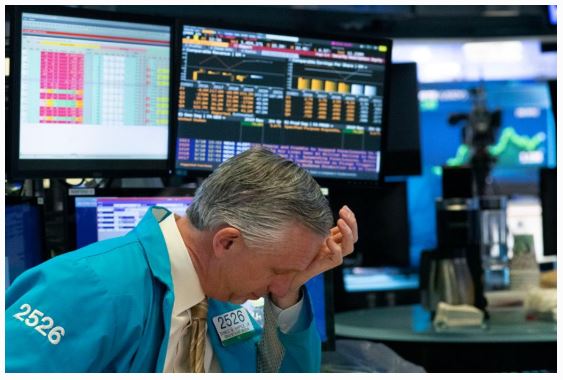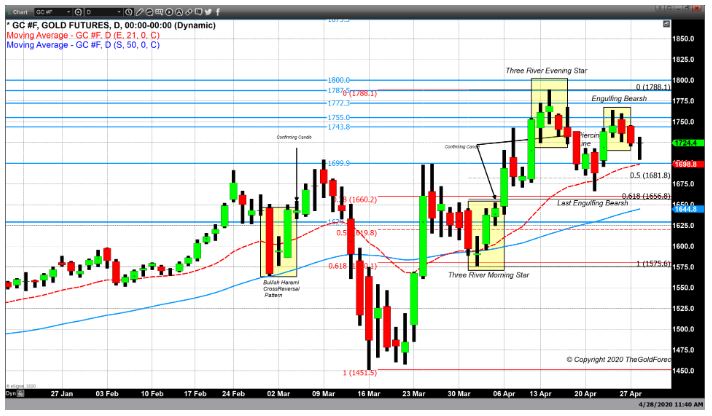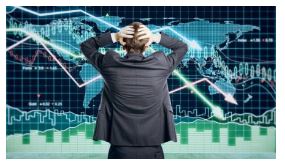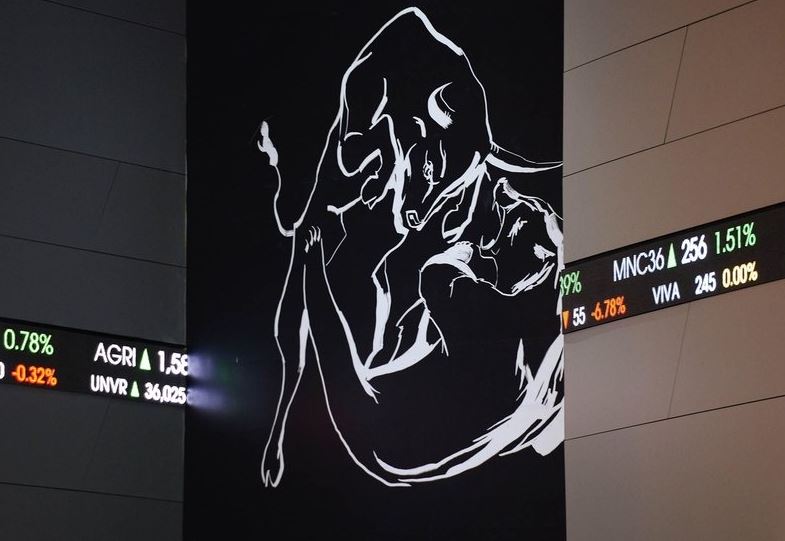Tom Essaye Quoted in ETF Trends on August 5, 2020
“The bottom line is that if we do see the real disappointment in the stimulus or the vaccine, then a 10% correction is the likely…” said Tom Essaye of The Sevens Report, in a note. Click here to read the full article.








